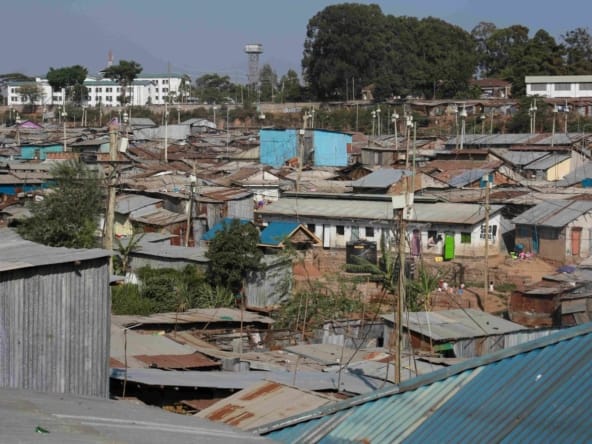Introduction
Let’s face it—real estate isn’t just about location, location, location. In Kenya, it’s also about lineage, land tenure, lifestyle, and local customs. The homes we build, where we choose to live, and how our neighborhoods grow are all reflections of who we are culturally. From the age-old traditions of the Maasai to the fast-paced rhythm of Nairobi’s urban youth, culture is everywhere—and it’s leaving its footprint on real estate.
In this flagship article of our Write 10 articles about Real estate in Kenya based on Culture & Lifestyle series, we uncover the powerful ways culture and lifestyle drive housing decisions and development patterns across Kenya.
The Cultural Blueprint: Why Tradition Still Matters
Kenya is a patchwork of over 40 ethnic groups, each with its own traditions, social norms, and ideas about home. These cultural beliefs influence:
- Land inheritance and use, especially in rural communities
- Home layouts, such as the multi-household homesteads common in the Rift Valley
- Ceremonial spaces, like livestock pens or elders’ meeting huts
Developers who ignore these details often miss the mark. It’s not just about building houses—it’s about creating spaces that reflect identity.
Lifestyle Upgrades: The New Urban Kenyan
Today’s urban dwellers want more than four walls. They’re looking for:
- Access to fast internet
- Proximity to gyms, malls, and entertainment hubs
- Smart homes with solar energy and security tech
Nairobi, Mombasa, and Kisumu are leading the charge with mixed-use developments, gated communities, and eco-friendly estates. These projects reflect a lifestyle shift: Kenyans want efficiency, convenience, and a little luxury.
Culture-Inspired Design Trends
Architecture is also evolving to blend tradition with modernity. Popular trends include:
- Swahili coastal designs in places like Lamu and Kilifi
- Maasai hut-inspired round homes in rural developments
- Kikuyu homestead layouts in Central Kenya, with space for extended families
These aren’t gimmicks—they’re part of a growing movement to root real estate in something deeper than concrete.
Conclusion
Real estate in Kenya is more than a transaction—it’s a story of heritage, aspiration, and community. When we build with culture and lifestyle in mind, we create homes that aren’t just livable—they’re lovable.





